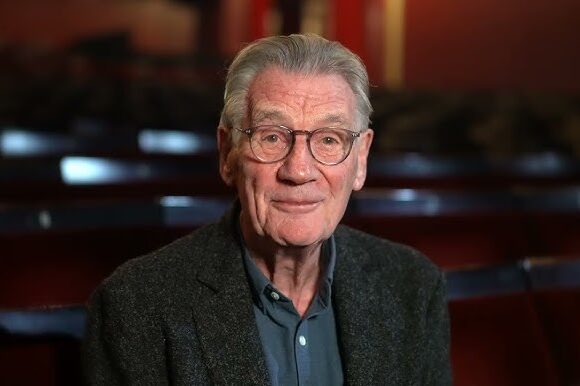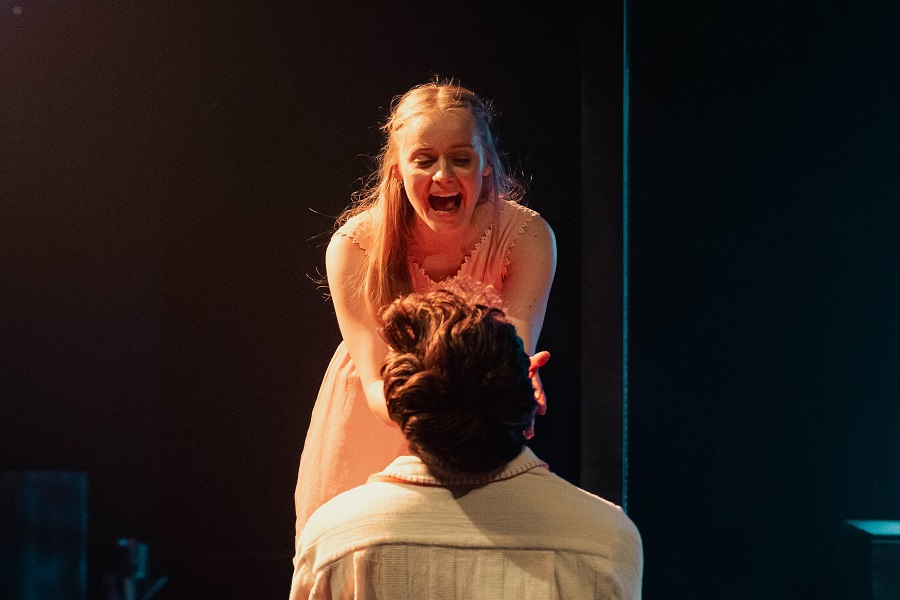
THE lonely sound of the unadorned classical guitar has a philosophy all its own and when it’s in the hands of a leading player like Canberran Callum Henshaw it can create music of reflection and pull a listener into a dream-like state.
For his hometown show on a national tour, Henshaw played Scarlatti transcriptions, Westlake, Ponce and Barrios. This concert also celebrates the launch of Henshaw’s new album “Forest of Dreams”.
There’s a delicate evenness in Henshaw’s playing and in his temperament as a performer. He gets things done with the minimum of fuss, while the music he makes is clear, effective and sensitive.
The three Scarlatti sonatas he began with, K380, K77 and K14, all arranged from harpsichord pieces by famous guitarists such as John Williams, were played from memory, as was every piece in the concert. These three pieces highlighted Scarlatti’s clear compositional style through Henshaw’s colourful and meticulous playing.
The six movements of Nigel Westlake’s “Mosstrooper Peak” are named after different locations around the Whitsunday Islands National Park. But, a key to this work may be found in the fact that it was said to be the first thing Westlake wrote after the death of his son. The opening movement, “Burning Point” was an eclectic combination of effects like palm muting, harmonics, slides up the fretboard and string-stretching in between highly stylised music. It was played with what seemed to be a unique insight, yet it didn’t come across as interesting music like the kind that Westlake is well-known for.
The remaining five movements went through similar transitions and experimental styles, mostly slow and passive. There was a sad story going on in the music and some movements were highly effective at telling this sorrowful tale, but the wide variations made it hard to put a finger on what the piece was saying. That said, the playing was extraordinary, including techniques that this reviewer had not seen or heard.
After the interval, the “Folia de Espana” and fugue by Manuel M Ponce had many variations and changes in this more than 20-minute piece. Sounding quite modern though written early 1930s. It didn’t have the technical demands of the Westlake piece, but contained more flowing and connected passages that linked the work. This music succeeds so well for guitar, which was said to be commissioned by Andrés Segovia.
Henshaw is at home with a number of genres. His style is unadorned with gesture, which lets the listener focus on the music. His aim is all about letting the music tell the story.
The short work by Paraguayan virtuoso classical guitarist and composer Agustín Barrios titled “Una Limosna por el Amor de Dios” is the style of music that makes the classical guitar so effective. The quick fingerpicking with a flowing melody underneath sends people into a dream-like state.
For an encore, Henshaw played a “Lament” written by his teacher Niel Gow. This slow folk-styled tune is the last track on Henshaw’s “Forest of Dreams” album and it rounded off the concert in an empathetic and sensitive fashion.
Who can be trusted?
In a world of spin and confusion, there’s never been a more important time to support independent journalism in Canberra.
If you trust our work online and want to enforce the power of independent voices, I invite you to make a small contribution.
Every dollar of support is invested back into our journalism to help keep citynews.com.au strong and free.
Thank you,
Ian Meikle, editor



![Evie Hudson is a woman with amnesia, who forgets the last 13 years. Piecing her life back together, she navigates the harsh realities of coercive control.
Evie is the leading character in local author @emmagreyauthor's second novel Pictures of You.
Her debut book, The Last Love Note, sold more than 100,000 books worldwide within a few months of being published last year.
“I think that using amnesia really helped [show the effects of coercive control] because she had that sense of being completely lost in her own life,” Emma says of her new work of fiction.
To read the full story and find out more about this fabulous local author and her latest novel, visit our website at citynews.com.au or click the link in our bio! 📚✒️
#canberra #local #canberralocals #canberralife #australia #author #localauthor #Picturesofyou #coercivecontrolisabuse #dvawareness #bestsellingauthor #canberraauthor #localnews #citynews](https://citynews.com.au/wp-content/plugins/instagram-feed/img/placeholder.png)
Leave a Reply